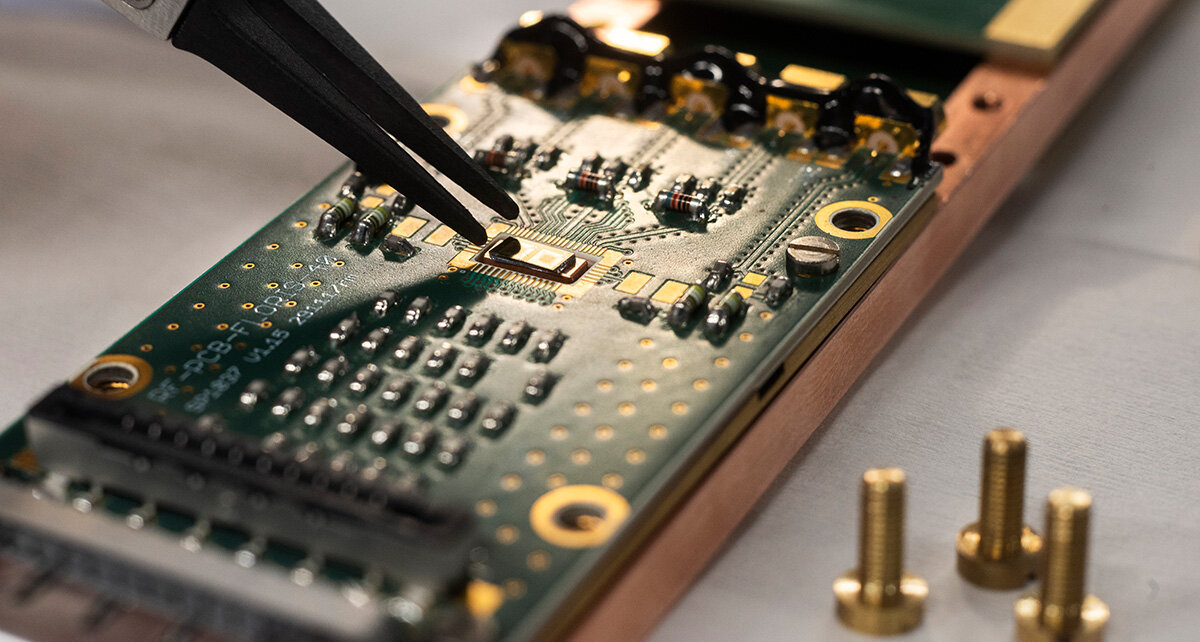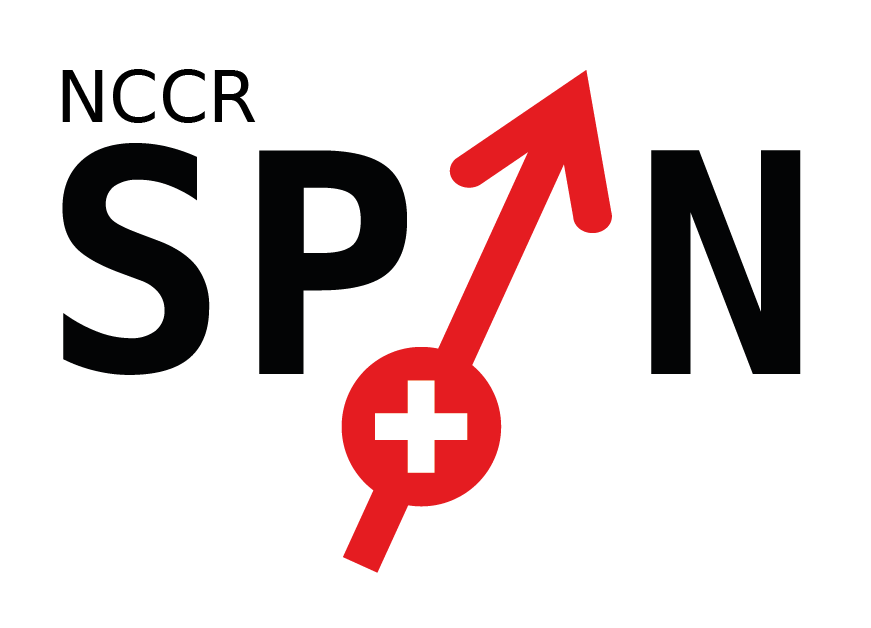
Current Research
A quantum computer will be able to solve important problems that are intractable for a classical computer. To be useful, a quantum computer should consist of millions of interconnected quantum bits — qubits — and operate at clock speeds similar to those of classical computers. To be practical, this complexity must be advantageously engineered onto a chip, requiring the qubits to be both small and fast. Building a quantum computer represents a grand challenge of our time. While devices with a few qubits already exist, a universal quantum computer remains a distant prospect. Scalability is a major issue, and with current approaches, expanding from a few qubits to many remains extremely challenging.
A Grand Challenge of Our Time
Quantum computers have the potential to solve important problems that are intractable for classical computers. Their applications span a wide range of fields, including chemistry, molecular biology, materials science, physics, machine learning, and optimization. To be truly useful, a quantum computer must comprise millions of interconnected quantum bits — or qubits — and operate at clock speeds comparable to classical computers. For practical deployment, qubits must be both small and fast, ideally integrated elegantly onto a chip.
While devices with hundreds of qubits already exist, the error rates are still too large for the processors to be useful. To improve qubit fidelity, quantum error correction codes are being developed, but their overhead and complexity pose great challenges. Error-corrected qubits — so-called logical qubits — are not yet available but would be important for solving real-world problems. It is not yet clear which quantum algorithms could start solving practical problems or perform tasks that cannot be done on a classical computer using the still relatively few and imperfect qubits already available.
Moreover, there is a growing number of different qubit implementations, from superconductors to ions, neutral atoms, photons, and spins in semiconductors and elsewhere. It is not known yet which type of qubit will work best, and a universal quantum computer remains a distant prospect. Scalability is a major issue, and with existing approaches, upscaling from a few qubits to many is a very hard nut to crack. Building a quantum computer represents a grand challenge of our time.
Increased Computational Power
Classical computers, built on silicon integrated circuits, have advanced by consistently reducing the size of transistors and packing them ever more densely onto chips. Today's technology is extraordinary: billions of fully operational transistors are integrated into a single square centimeter of silicon. The gate lengths of transistors have shrunk year after year and now reside firmly in the nanoscale domain.
The main objective of NCCR SPIN is to develop small, fast, and scalable spin qubits by leveraging semiconductor nanofabrication technologies — with the ultimate goal of integrating millions of qubits onto a chip. We are investigating the fundamental physics of silicon and germanium qubit systems, coupling and readout mechanisms, and device architectures. In addition, we are advancing key nanofabrication processes, optimizing material properties, developing cryogenic CMOS (cryoCMOS) control electronics, and designing error correction and algorithmic strategies specifically for spin qubits. Together, these efforts form a blueprint for scalable, high-fidelity spin qubits. Our two flagship projects — Qubits and Architectures — lay the foundation for a future universal, fault-tolerant quantum computer based on spin qubit technology.
The Main Vision for Phase II
The main vision is to control single spins in silicon with electrical means. The two spin states of an electron — the up and down states — represent the logical states of the qubit, with the electron confined at the nanoscale. These spin states are protected from much of the noise in the silicon host. Fast control of individual spins can be achieved with electrical pulses via a spin-orbit interaction. The spin-orbit interaction is either inherent (hole spin) or synthetic (electron spin in a magnetic field gradient). It also allows neighbouring spins to be coupled together electrically via superconducting resonators or floating gates.
The specific aim of Phase II of the NCCR SPIN is to deepen our understanding of few-spin qubit systems in silicon and germanium, to develop efficient spin-spin coupling strategies, and to achieve high-fidelity multi-qubit cells. We are working to establish a long-distance quantum bus connecting qubit cells, integrate the first cryoCMOS qubit control electronics, implement basic error correction codes, and demonstrate initial proof-of-concept applications with small spin-qubit systems.
Rapid Progress & Commercial Possibilities
State-of-the-art CMOS devices are now small enough that operation as spin qubits is on the immediate horizon. However, there are many parameters, and the optimum design for quantum applications is unknown. To make progress rapidly, a key pillar of the NCCR SPIN is to investigate quantum devices fabricated by state-of-the-art CMOS technology. These devices match the size and performance of the very best industrial devices and are compatible with wafer-scale production, yet can be produced quickly in our own cleanrooms. This provides a powerful route to engineer and optimize complex silicon devices for quantum circuits on a fast timescale.
We shall create quantum circuits in silicon and germanium, the most promising semiconductors for quantum computing. We aim to have a major influence on the development of the quantum computer. This, in turn, will have an impact on the development of chemistry, molecular biology, materials science, and physics, as well as machine learning and optimization. Quantum computing is an emergent theme that will create many commercial possibilities, both in hardware and software.
Industrial Partnerships
Our approach is to combine all the skills needed to make progress in this area: materials science, condensed matter physics, engineering, and computer science, with a deep link between theoretical and experimental work. A crucial aspect is that expertise in state-of-the-art CMOS technology is largely the preserve of the silicon industry. In order to leverage this expertise for the development of “quantum circuits” in silicon and germanium, we work with key industrial partners.
Since the inception of the NCCR, we have partnered with IBM Research Europe in Zurich — a world-class research lab renowned for its exploratory innovation. In Phase II, we have expanded our network to include additional industrial partners, spin qubit startups, and software companies, working together on qubit development and measurement.
Through these collaborations, NCCR SPIN is establishing a strong base for quantum computing research and development in Switzerland. Our project stands at the forefront of a burgeoning, interdisciplinary field, offering an outstanding platform for young researchers to launch careers in both academia and industry. We also place strong emphasis on promoting Equal Opportunities, a core pillar of our activities to support and nurture the next generation of scientists.

